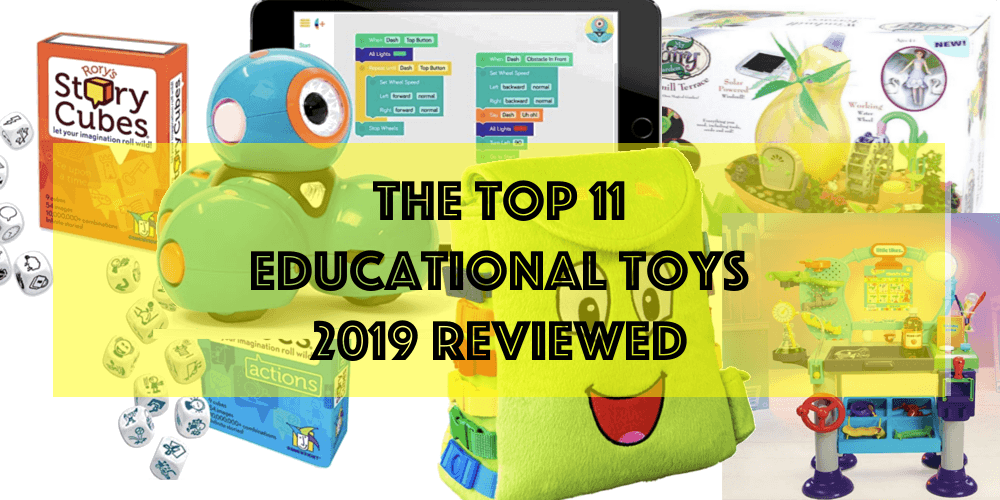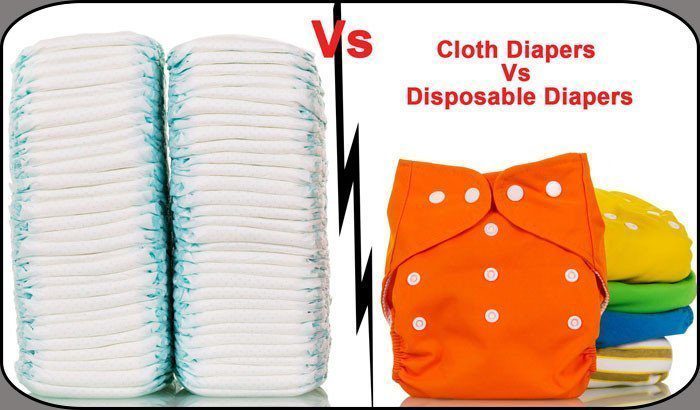Positive parenting is a style that has been gaining popularity in recent years. It focuses on gentle, positive reinforcement instead of punishment or rewards. Positive parenting can be adapted to fit any family, and it has many benefits for both children and parents. In this article, we will discuss the positive parenting style in detail and explain how you can adapt it to fit your own family's needs.
Positive Parenting Defined
Positive Parenting is a parenting style characterized by warmth, sensitivity, and a focus on strengthening the parent-child relationship. This type of parenting uses positive reinforcement to encourage desired behaviors, while also providing constructive guidance and support when needed. The goal of positive parenting is to help children feel loved and valued, while also teaching them the skills they need to thrive in the world. While there are many different approaches to positive parenting, all styles share a common commitment to building strong and healthy parent-child bonds. By investing in these relationships, parents can create a foundation of love and support that will benefit children throughout their lives.
Other Parenting Styles In A Brief
Parenting styles are generally divided into four categories: authoritarian, permissive, uninvolved, and authoritative. Within these categories, there is a wide range of possible parenting behaviors.
Authoritarian parents are generally high in control and low in warmth. They often have strict rules that must be followed, and they may use punitive methods such as punishment or threats to enforce these rules. This parenting style typically results in children who are compliant and well-behaved, but they may also be less independent and more anxious.
Permissive parents are generally high in warmth and low in control. They place few demands on their children and often allow them to make their own choices. This parenting style can lead to children who are happy and confident, but they may also be less self-controlled and more likely to engage in risky behavior.
Uninvolved parents are generally low in both control and warmth. They provide little guidance or support to their children and often have minimal expectations for their behavior. This parenting style typically results in children who are less engaged and more likely to underachieve academically or socially.
Authoritative parents are generally high in both control and warmth. They set clear expectations for their children’s behavior, but they also provide support and understanding when needed. This parenting style typically leads to children who are self-controlled, independent, and successful in both academics and social interactions.
Positive parenting is most similar to the authoritative parenting style. Like authoritative parents, positive parents set clear expectations for their children’s behavior. However, instead of using punishment or threats to enforce these expectations, positive parents rely on gentle guidance and support. This approach helps children feel loved and valued, while also teaching them the skills they need to thrive in the world.
When using the positive parenting style, it is important to remember that every child is unique and will respond differently to different approaches. As a result, it is important to be flexible and adaptable in your parenting. Positive parenting is not a one-size-fits-all approach, but rather a style that can be customized to fit the needs of each individual child.
If you are interested in learning more about positive parenting, there are many great resources available. The Positive Parenting Program (PPP) is an evidence-based program that provides parents with the skills they need to build strong and healthy relationships with their children. For more information on the PPP, please visit their website here.
In conclusion, positive parenting is a warm and supportive parenting style that focuses on building strong parent-child bonds. This type of parenting can be adapted to fit the needs of any family, and it has been shown to be beneficial for both children and parents. If you are interested in learning more about positive parenting, the Positive Parenting Program is a great place to start.
The Benefits of Positive Parenting
It is well-established that children who feel loved and supported by their parents are more likely to thrive in life than those who do not. Positive parenting is one approach to parenting that has been shown to have numerous benefits for both children and families.
One of the most important benefits of positive parenting is that it helps children to develop a strong sense of self-worth. Children who feel valued and appreciated by their parents are more likely to have high self-esteem, which is an important foundation for success in life. In addition, positive parenting also helps children to develop empathy and perspective-taking skills. Children who are able to see things from another person's point of view are more likely to be successful in relationships, both personal and professional. Finally, positive parenting can help to improve family communication and increase cohesion within the family unit. Families who engage in positive parenting practices often find that they can resolve conflicts more effectively and have closer relationships with one another.
Overall, the benefits of positive parenting are clear. Families who adopt this parenting style often find that their children are happier and more successful both in childhood and in adulthood. Positive parenting is an approach that is worth considering for any family.
How to Adapt Positive Parenting for Your Family
The great thing about Positive Parenting is that it can be adapted to fit the needs of any family. Every family is different, and each family will have its own unique set of challenges and strengths. Positive Parenting can be used in a variety of ways to meet the specific needs of each individual family.
One way to use Positive Parenting is to focus on building strong parent-child bonds. This can be done through activities such as reading together, talking about feelings, and spending time together doing things that both parents and children enjoy. Another way to use Positive Parenting is to focus on promoting positive behaviors in children. This can be done through the use of praise, encouragement, and rewards for good behavior. Finally, Positive Parenting can also be used to prevent and resolve conflict within the family. This can be done through the use of problem-solving and communication skills.
No matter what your family looks like, you can adapt Positive Parenting to fit your needs. Every family has its own set of challenges and strengths, and Positive Parenting can be used in a variety of ways to meet the specific needs of each individual family.
No matter how you choose to use Positive Parenting in your family, it is important to remember that it takes time and patience to see results. It is not always easy to change the way we do things, but with patience and perseverance, you can make Positive Parenting work for you. If you encounter challenges along the way, don't hesitate to seek out help from a professional. Positive Parenting is a journey, and there is no shame in seeking out guidance from those who have gone before you.
Positive Discipline Techniques
Parents often find themselves at a loss when it comes to disciplining their children. They may feel like they are constantly yelling or that their threats are falling on deaf ears. However, there are a number of positive discipline techniques that have been proven to be effective in changing unwanted behaviors.
One such technique is called “time-out.” This involves the child being removed from the situation for a short period, typically one minute for each year of the child's age. This gives the child time to calm down and also allows the parent to take a break.
Another effective technique is called “positive reinforcement.” This involves praising the child for desired behaviors and providing rewards for good behavior. This helps the child to understand what is expected of them and provides motivation to behave in the desired way.
“Logical consequences” involve consequences that are logically related to the child's actions. For example, if a child breaks a toy, they may have to help clean up the mess. This teaches the child that there are consequences to their actions and helps them to learn responsibility.
It is important to be consistent with discipline. This means using the same techniques each time a problem behavior occurs. By being consistent, the child will learn what is expected of them and be more likely to comply. Using these positive discipline techniques can help parents to effectively change their children's behavior and create a more peaceful household.
Additional Resources on Positive Parenting
Raising children is one of the most rewarding, but challenging tasks an individual can undertake. While there is no single “right” way to parent, there are many evidence-based approaches that can help parents build strong, healthy relationships with their children.
Positive parenting is one such approach that focuses on using warmth, empathy, and positive reinforcement to promote desired behaviors. If you're interested in learning more about positive parenting, there are a few great resources to get you started.
The website positiveparentingsolutions.com offers a wealth of articles on topics like developing positive discipline strategies and creating a supportive home environment. For a more in-depth look at the evidence behind positive parenting, check out Positive Parenting: An Essential Guide by Rebecca Eanes. This book offers a comprehensive overview of how positive parenting techniques can help children develop into well-rounded adults. Lastly, don't forget to reach out to your child's school or pediatrician for additional support and resources. By tapping into these resources, you can gain the knowledge and tools you need to create a positive parenting plan that works for you and your family.
Takeaways And Conclusion
Positive parenting is a popular style of parenting that has been shown to be very effective. It focuses on using warmth, empathy, and positive reinforcement to promote desired behaviors in children. There are many resources available to help parents learn more about Positive Parenting, including websites, books, and even professionals who can offer guidance and support. Positive parenting is a journey that requires patience and perseverance, but the rewards are well worth it.
What do you think of positive parenting? Do you think it's the most effective parenting style? Let us know in the comments below! And don't forget to sign up for our newsletter to receive more articles like this straight to your inbox.








































